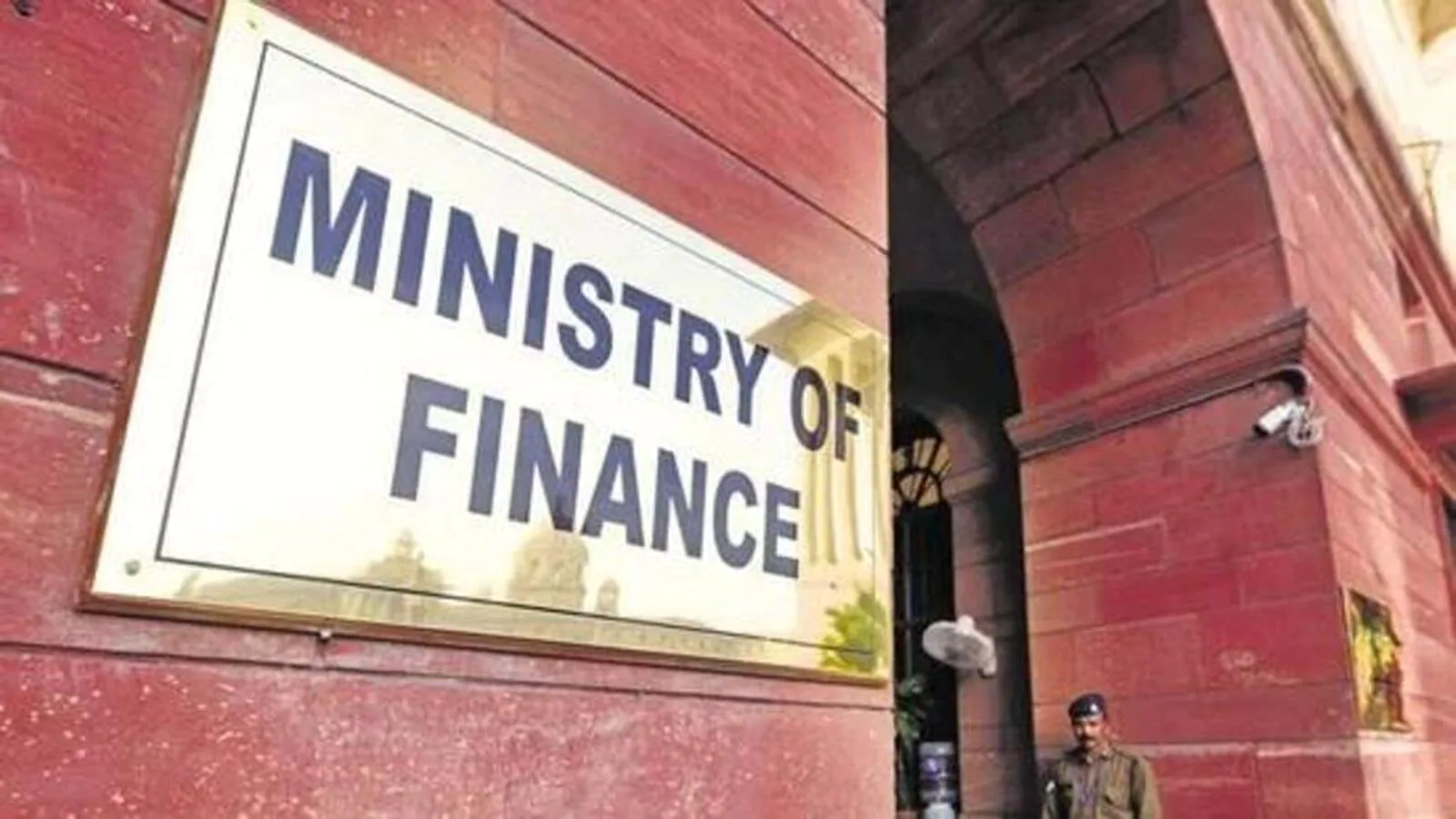[ad_1]
India’s external debt grew by 8.2% at $620.70 billion on March 31, 2022 as compared to $573.7 billion on March 31, 2021. However, external debt as a ratio to gross domestic product (GDP) fell marginally to 19.9% at the end of March 2022 from 21.2% a year ago, Union finance ministry said on Monday.
“While 53.2% of it was denominated in US dollar, Indian rupee denominated debt, estimated at 31.2%, was the second largest,” it said in a statement. The data for 2021-22 has been issued by the External Debt Management Unit (EDMU) in the department of economic affairs (DEA) of the finance ministry.
External debt as a ratio to GDP “fell marginally” to 19.9% at end-March 2022 from 21.2% a year ago, it said. “Foreign currency reserves as a ratio to external debt stood slightly lower at 97.8% as at end-March 2022 than 100.6% a year ago,” it added.
The long-term debt estimated at $499.1 billion, constituted the largest chunk of 80.4%, while the short-term debt, at $121.7 billion, accounted for 19.6% of the total, it said. “The short-term trade credit was predominantly in the form of trade credit (96 per cent) financing imports,” it added.
Commercial borrowings (CBs), NRIs deposits, short-term trade credit and multilateral loans together accounted for 90 per cent of the total external debt. While NRI deposits marginally contracted during end-March 2021 and end-March 2022, CBs, short-term trade credit and multilateral loans, on the other hand, expanded during the same period. The rise in CBs, short-term trade credit and multilateral loans together was significantly larger than the contraction in NRI deposits, it said.
As at end-March 2022, sovereign external debt (SED) amounted to $130.7 billion, increasing by 17.1% over the level a year ago, reflecting the additional allocation of special drawing rights (SDRs) by the International Monetary Fund (IMF) during 2021-22. SDRs rose to $22.9 billion from US$ 5.5 billion as at end-March 2021. Foreign portfolio investment (FPI) holding of government securities (G-Sec), on the other hand, slid to $19.5 billion from US$ 20.4 billion a year ago, it said.
“Non-sovereign external debt, estimated at US$ 490.0 billion as at end-March 2022, posted a growth of 6.1 per cent over the level a year ago. CBs, NRI deposits, and short-term trade credit accounted for about 95 per cent of non-sovereign debt. The short-term trade credit rose substantially by 20.7 per cent to US$ 117.4 billion as at end-March 2022 on the back of a surge in imports during 2021-22,” it added.
The debt service ratio fell to 5.2% during 2021-22 from 8.2% during 2020-21 due to buoyancy in current receipts and a decline in debt service payments. The debt service payment obligations arising out of the stock of external debt as at end-March 2022 are projected to trend downwards over the coming years, it said.
“In a cross-country perspective, India’s external debt is modest, occupying 23rd position globally. In terms of various debt vulnerability indicators, India’s sustainability was better than the Low-and-Middle Income Countries (LMICs) as a group and vis-à-vis many of them individually,” it added.
[ad_2]
Source link


Can breast density be changed with diet buy cialis online
Labiatae in comparison with commercial essential oils order priligy